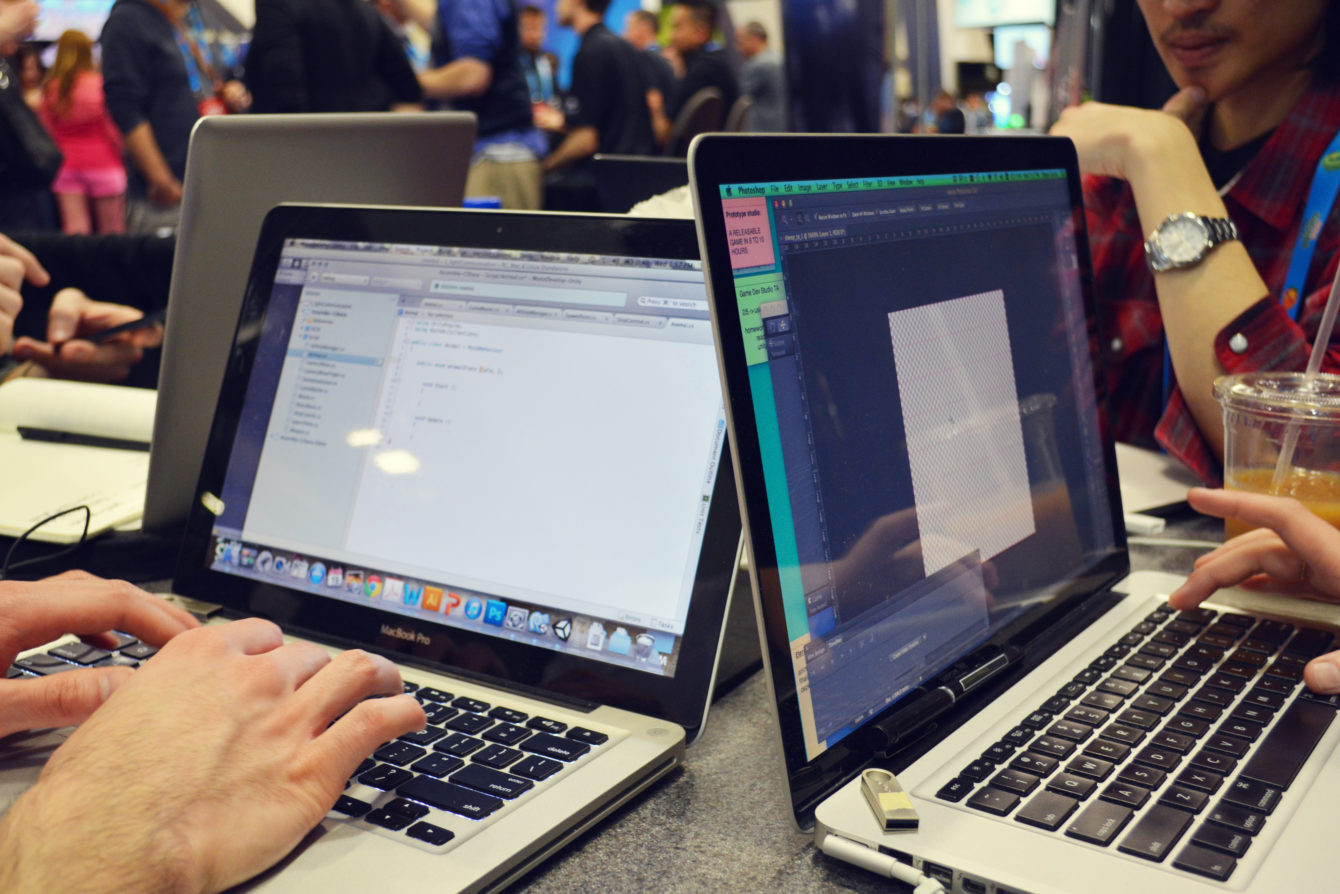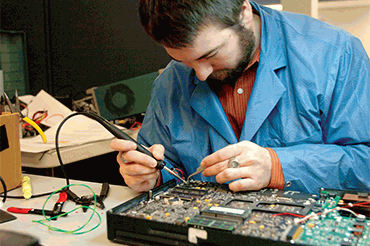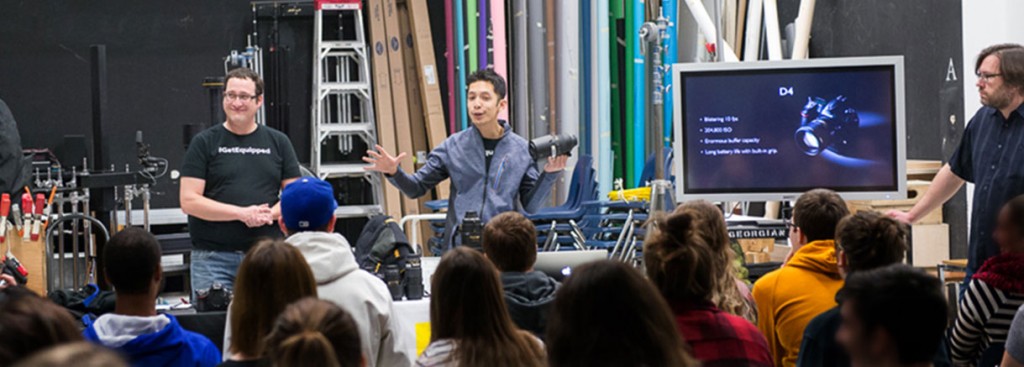
Rochester Institute of Technology - 3D Digital Design BFA
3D Digital Design BFA
Marla Schweppe, Program Chair
(585) 475-2754, mkspph@rit.edu
http://cias.rit.edu/design/

Program overview
Students in the 3D digital design major learn to use 3D computer graphics in computer and video games, medical and scientific simulations, data visualization, models for architects and engineers, motion or broadcast graphics, instructional media accident reconstruction, and more. Traditional design skills using commercial 3D software are integrated with principles relating to time, motion, and lighting.
Curriculum
3D digital design, BFA degree, typical course sequence
Course Sem. Cr. Hrs.
First Year
DDDD-101 Introduction to Modeling and Motion 3
DDDD-102 Introduction to Visual Design 3
DDDD-103 Imaging for 3D 3
FDTN-131 3D Design I 3
FDTN-132 3D Design II 3
FDTN-141 4D Design 3
ARTH-135 LAS Perspective 1: History of Western Art:
Ancient to Medieval 3
ARTH-136 LAS Perspective 2: History of Western Art:
Renaissance to Modern 3
LAS Foundation 1: First Year Seminar† 3
LAS Foundation 2: First Year Writing 3
Year One: College Experience 0
Wellness Education* 0
Second Year
DDDD-201 Modeling Strategies 3
DDDD-202 Layers and Effects 3
DDDD-203 Scripting 3
DDDD-206 Service Project 3
DDDD-207 Lighting, Materials, and Rendering 3
DDDD-208 Anatomical Figure Drawing 3
FDTN-121 2D Design I 3
LAS Perspective 3, 4 6
Programming Elective 3
Third Year
DDDD-301 Professional Practice (WI) 3
DDDD-302 History of Digital Graphics 3
DDDD-306 Project Planning and Production 3
3DDG Major Electives 6
Free Electives 6
LAS Immersion 1,2 6
Art History Elective‡ 3
Fourth Year
DDDD-401 Senior Thesis Testing and DOCUMENTATION 3
DDDD-402 Senior Thesis I 3
DDDD-403 Senior Thesis II 3
3DDG Major Electives 9
Free Electives 6
LAS Immersion 3 3
LAS Elective 3
Total Semester Credit Hours 120















































